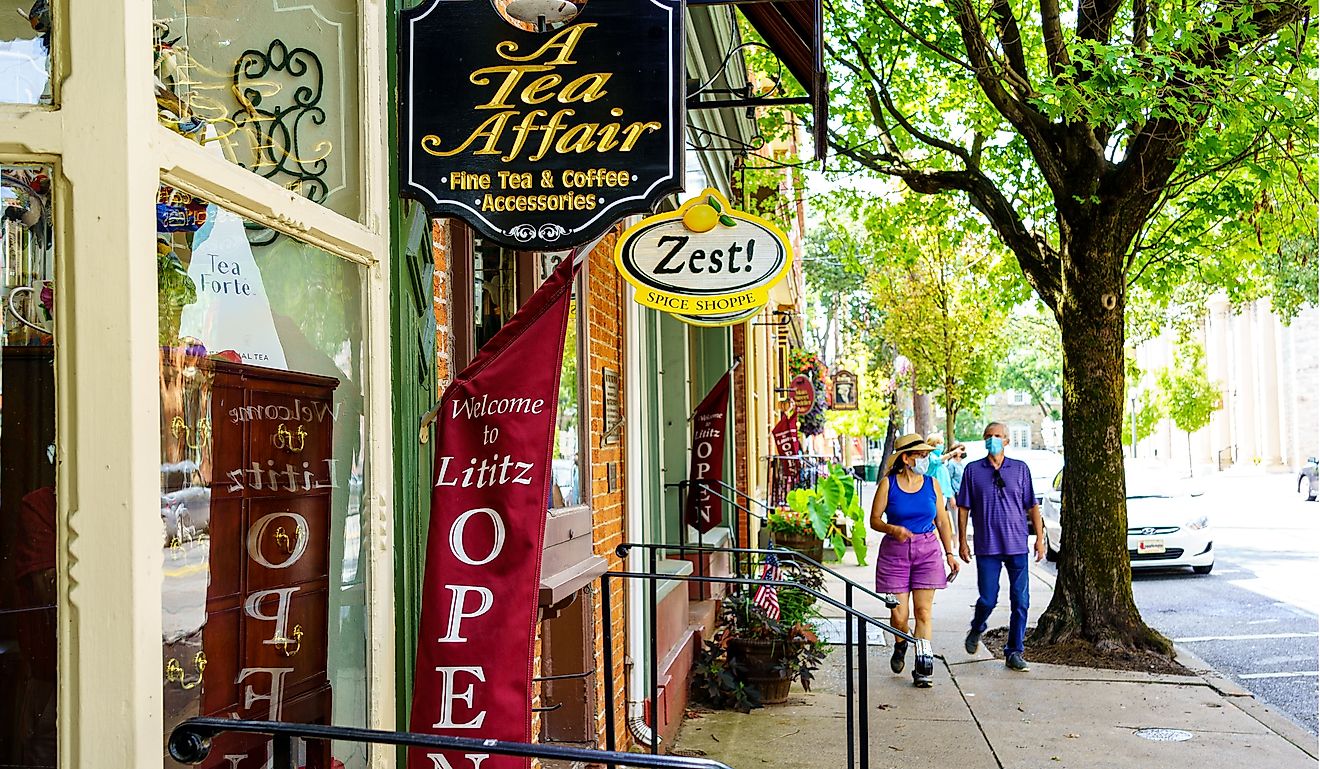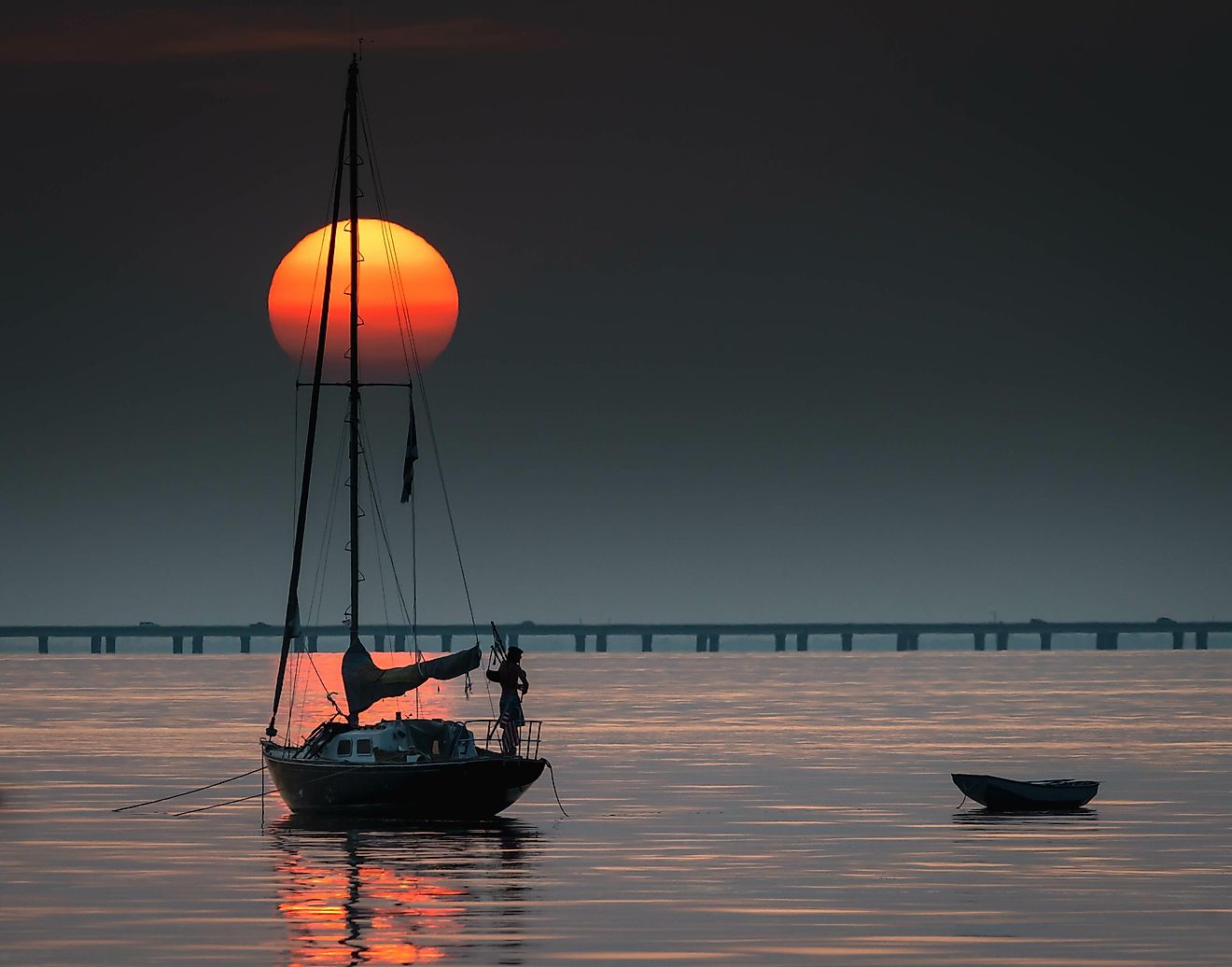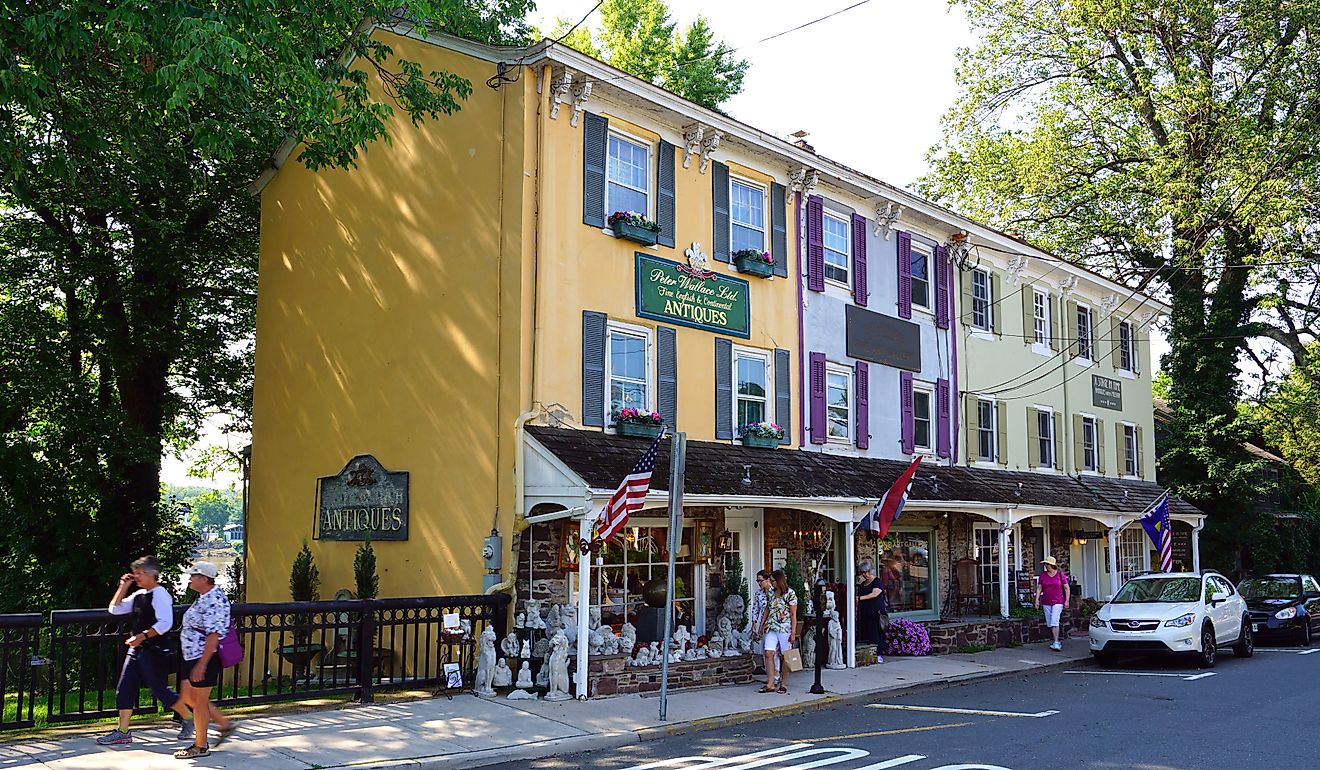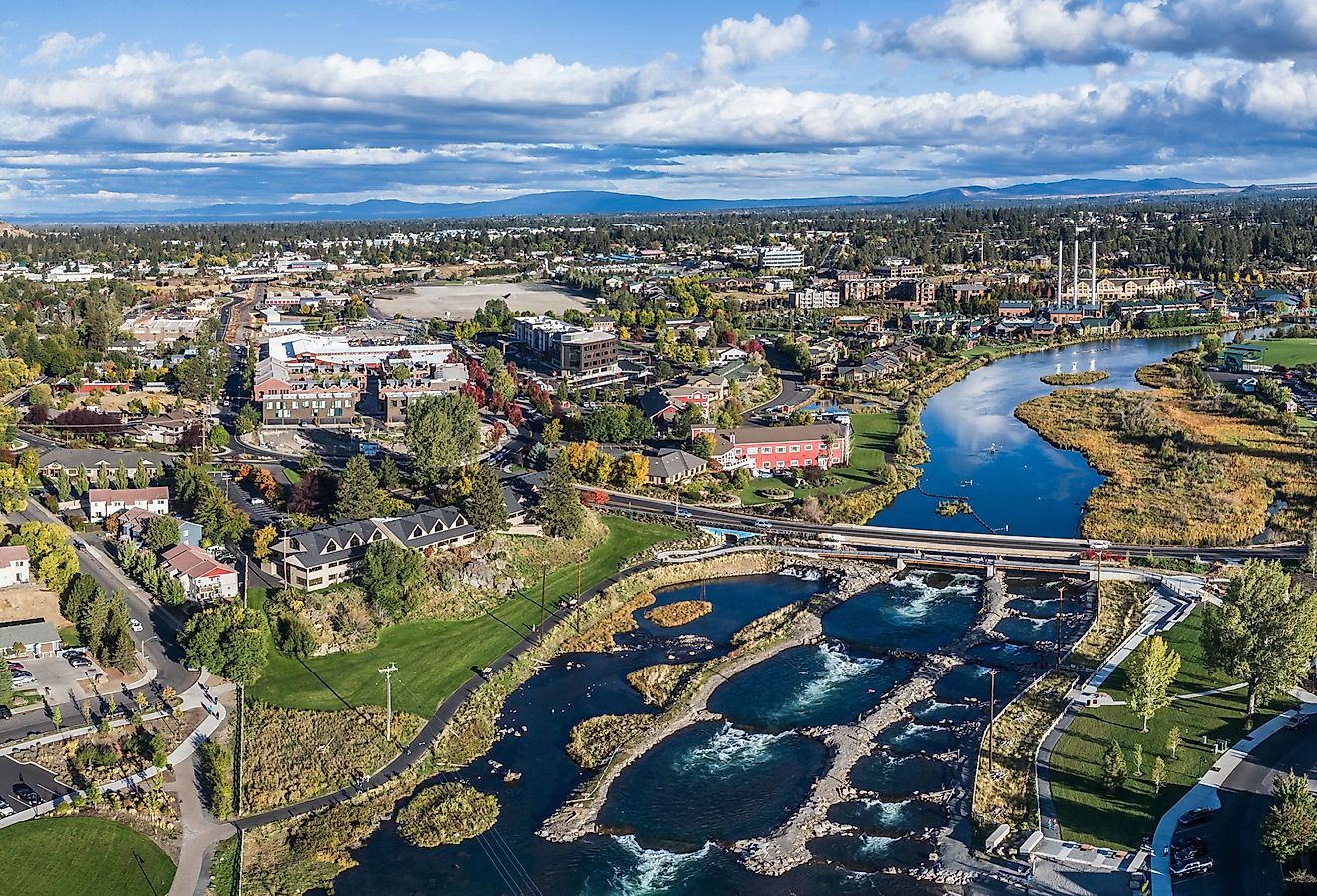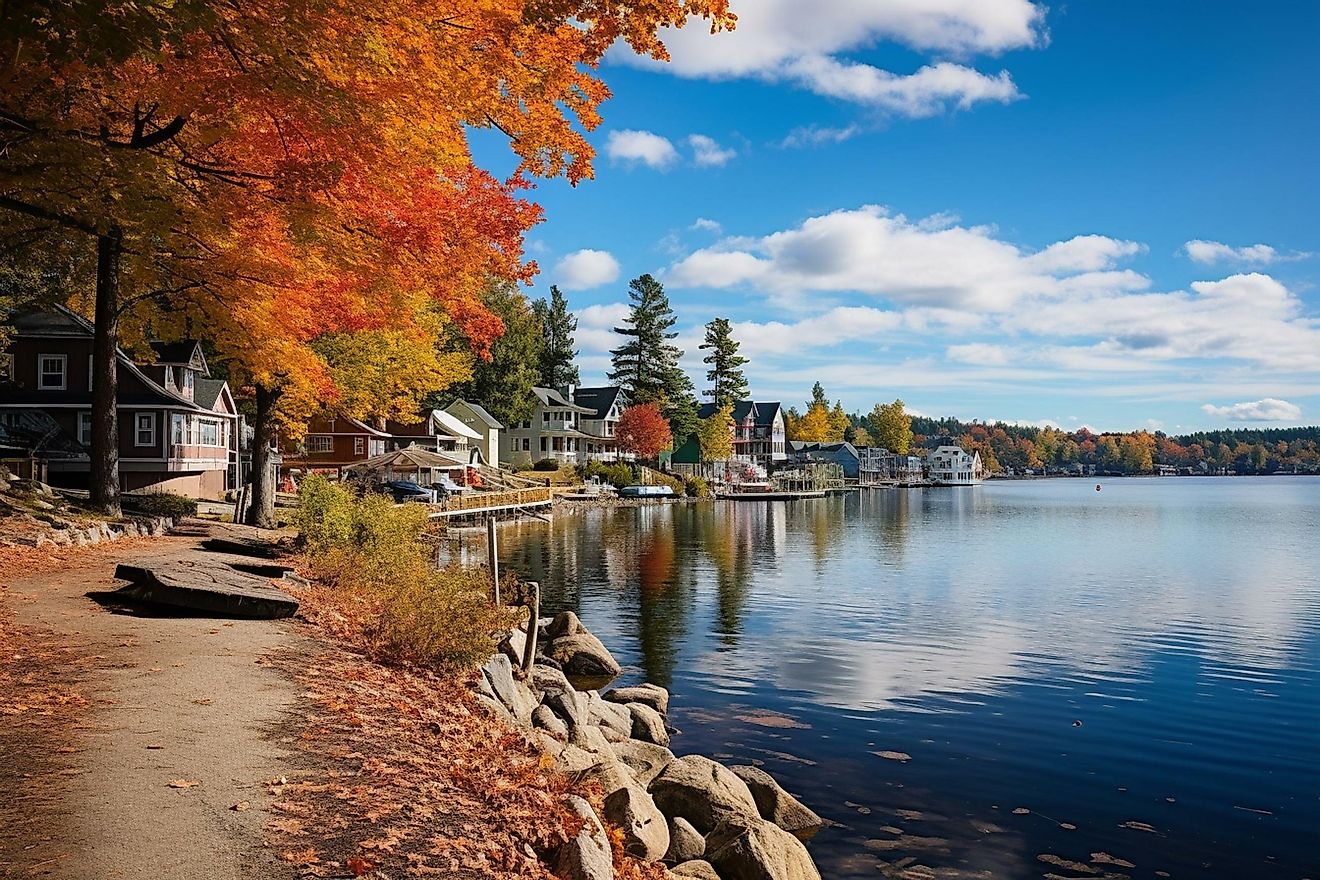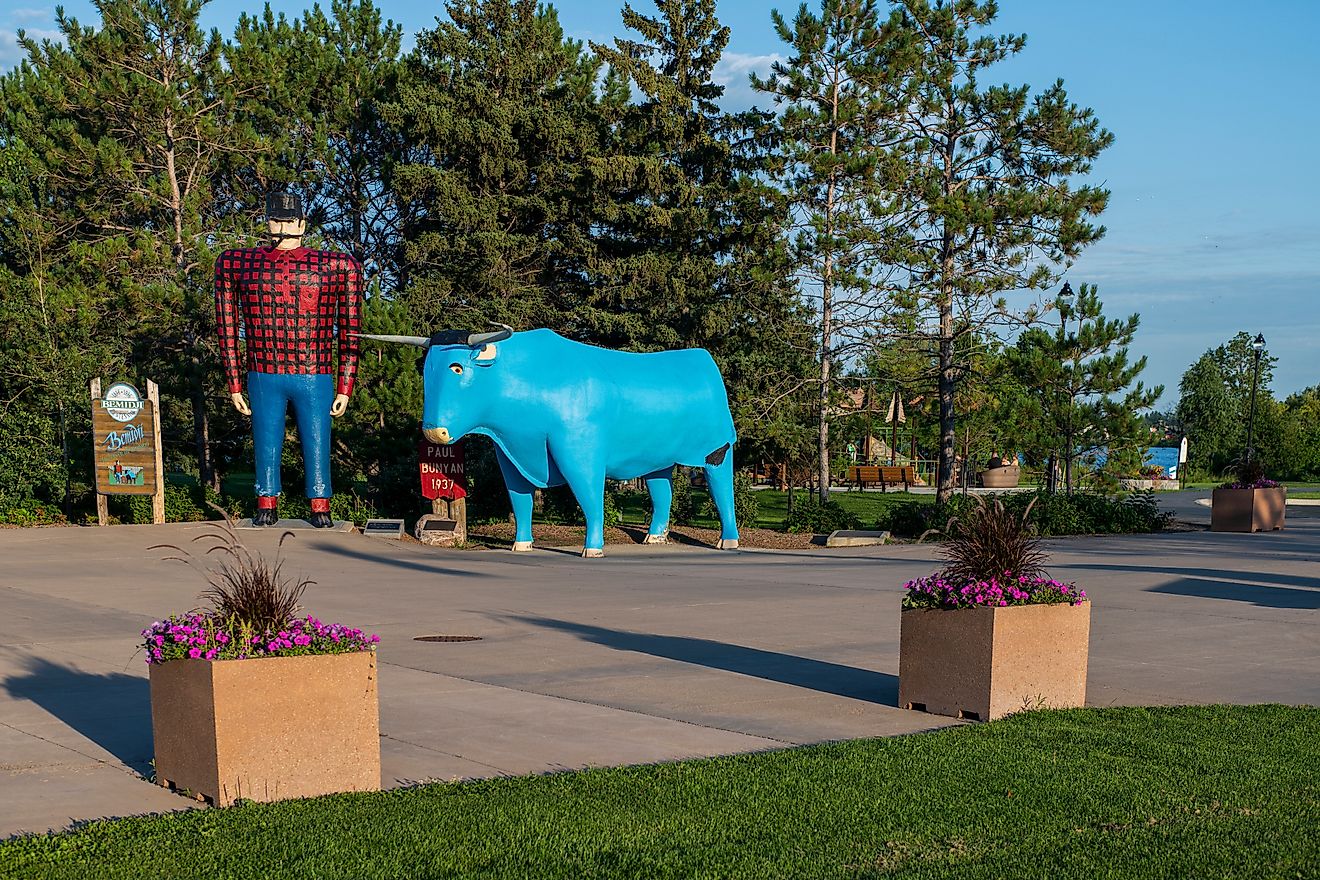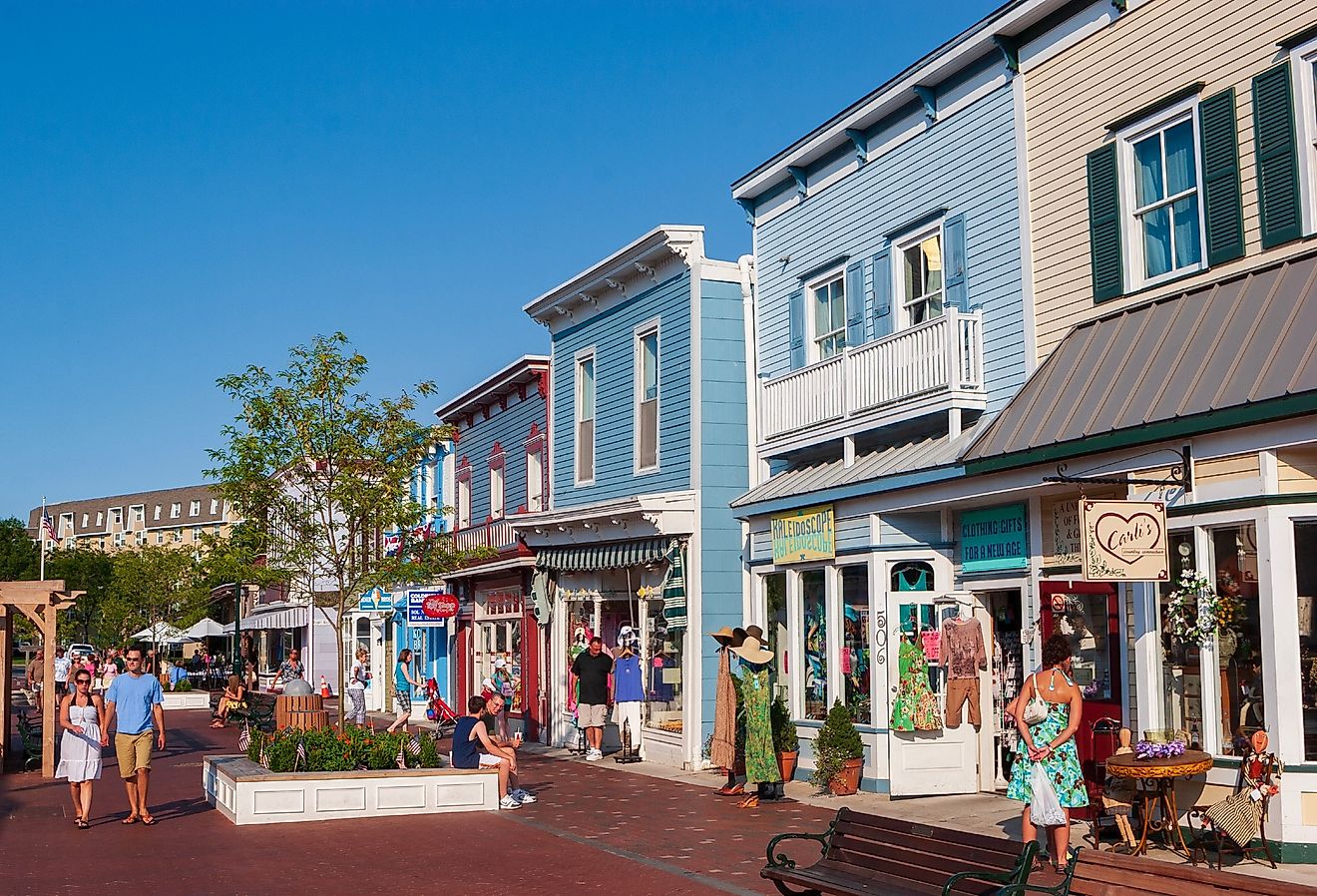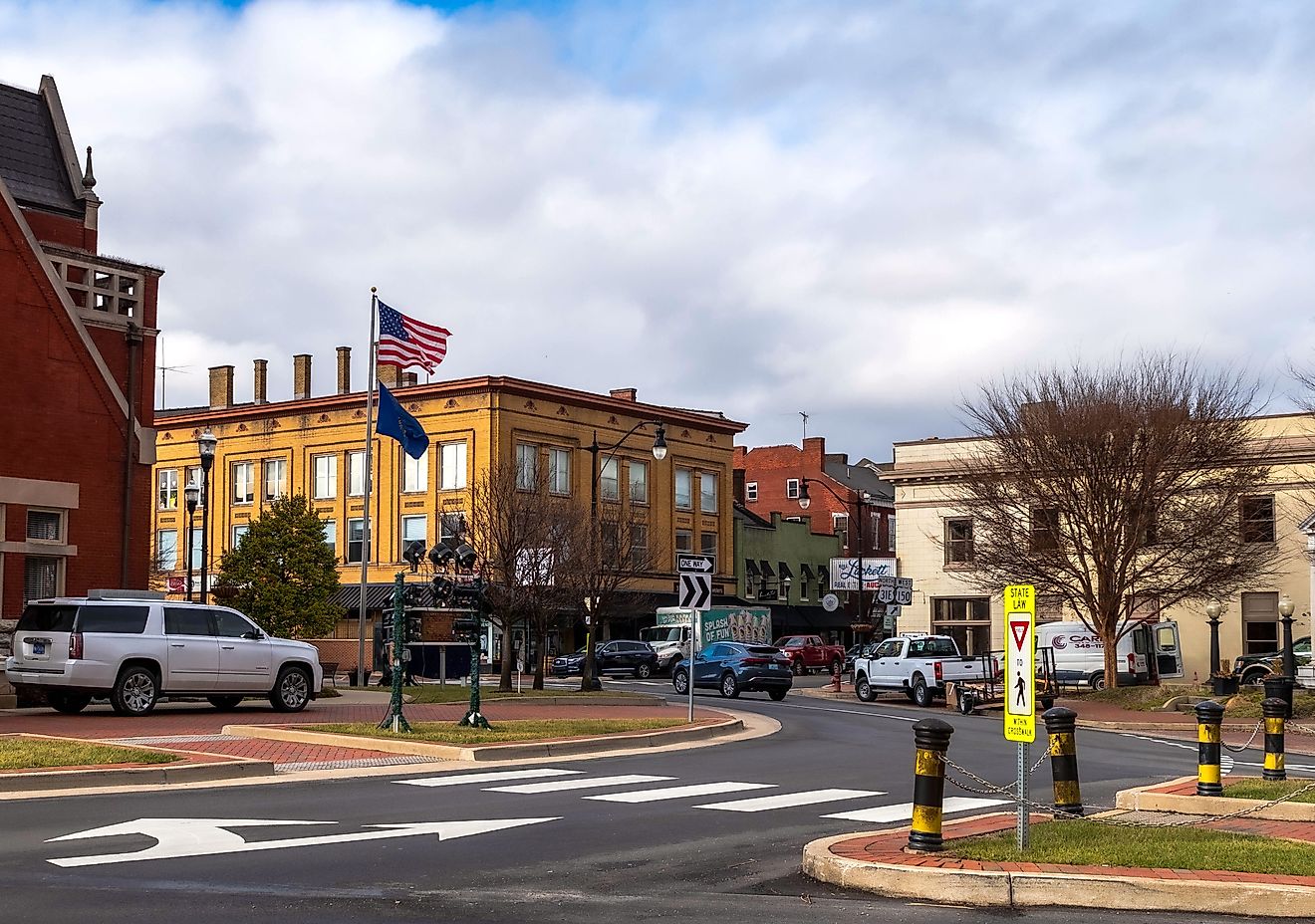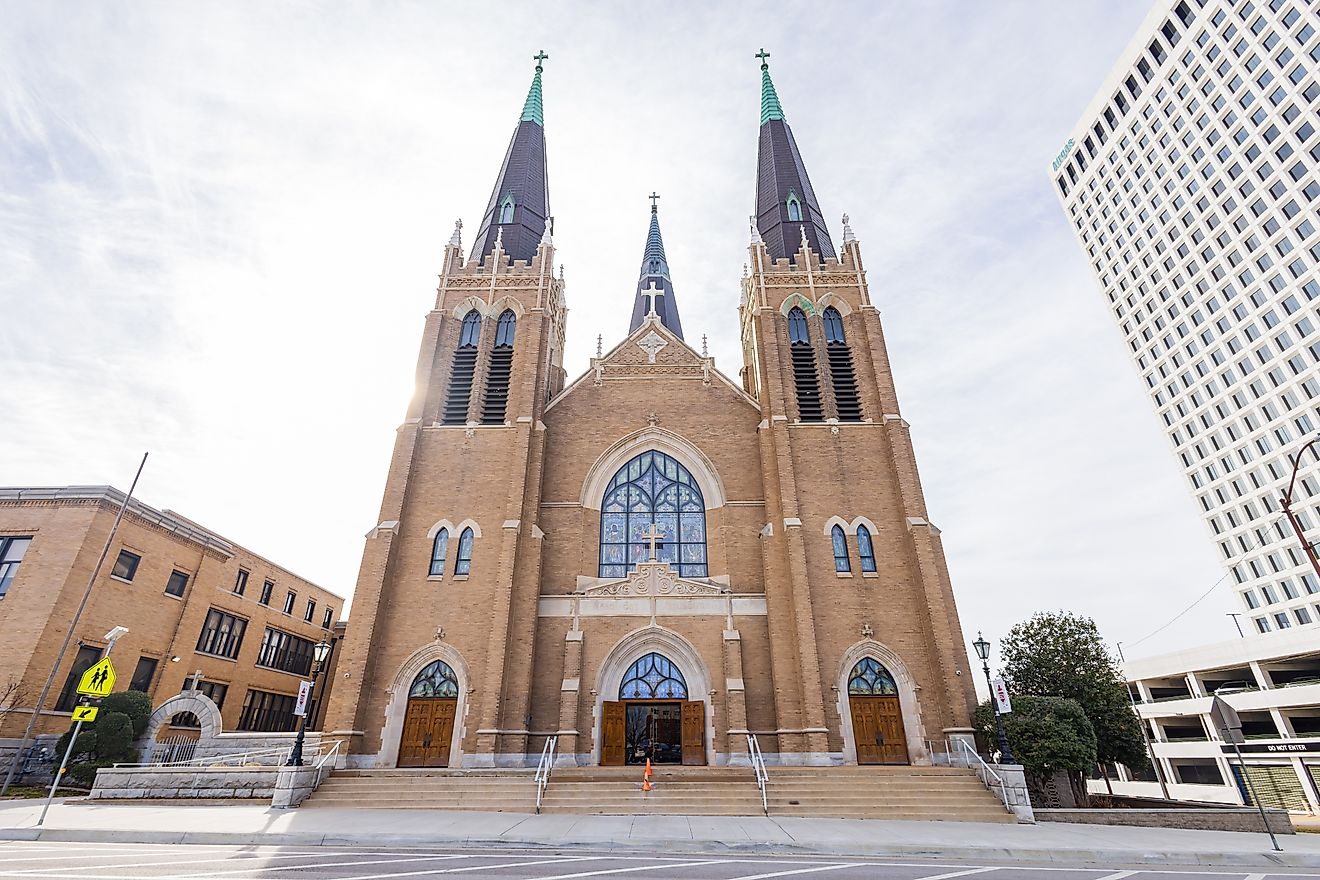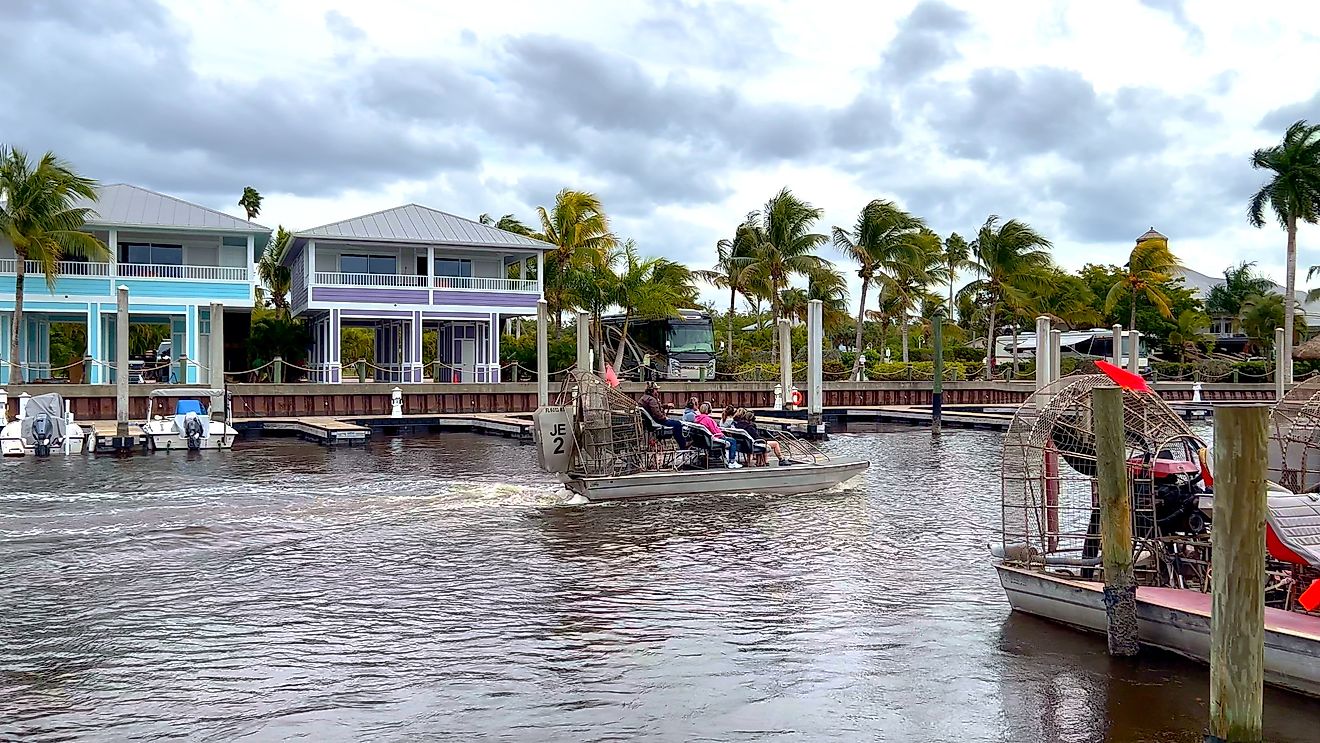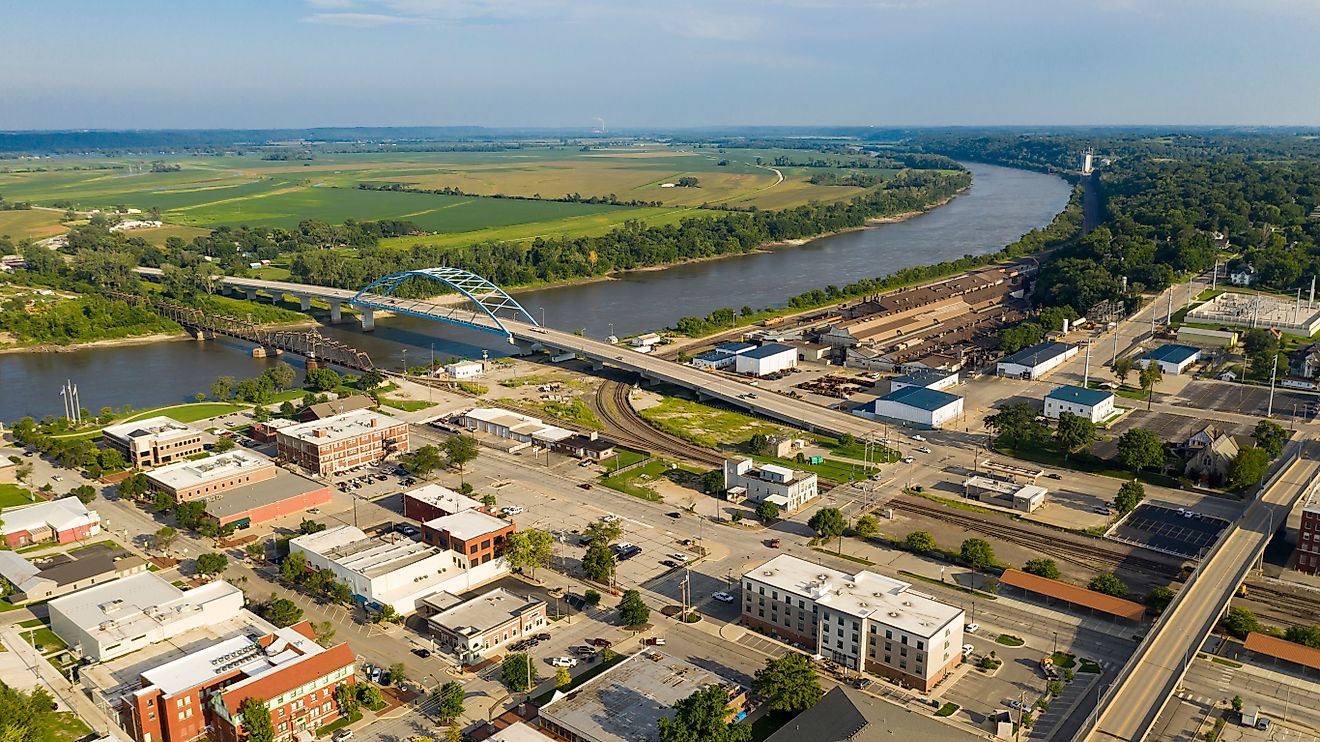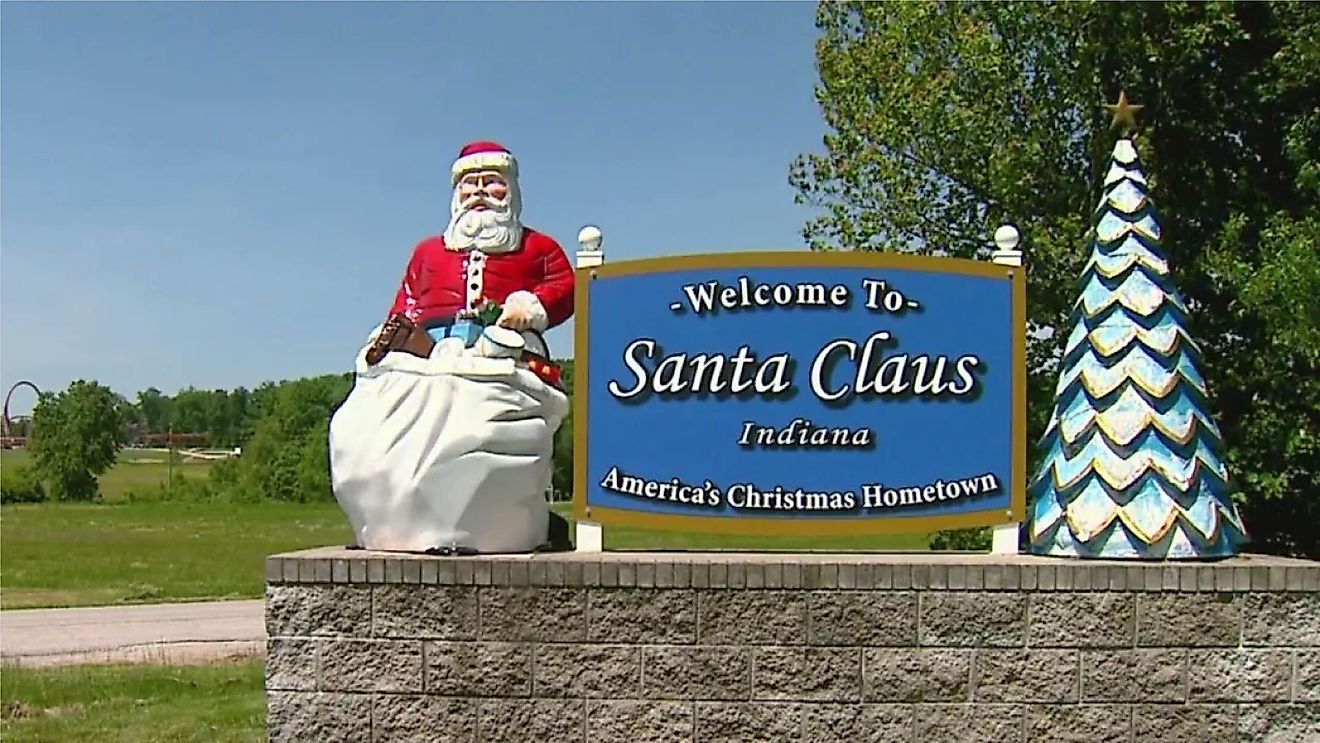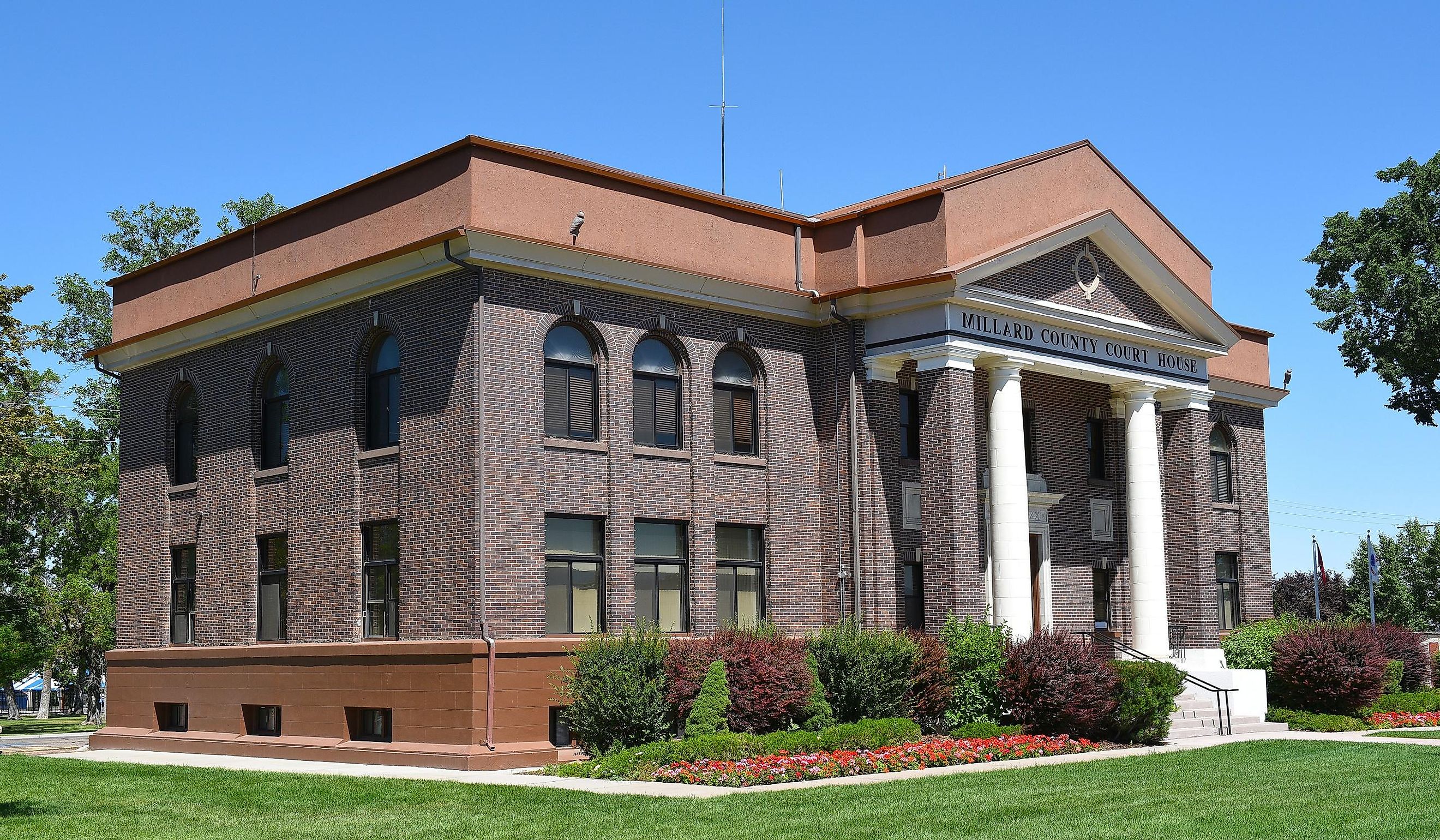
6 Towns in Utah With Rich History
Utah is a state well-known as the birthplace of the Church of Latter-Day Saints. However, many of the towns have a deep-rooted cultural history. Find out how the town Dinosaurland got its nickname and explore where the second president of the Mormon church once lived. This state preserves its rich history well and is ready for visitors to take note of this historically rich state. Here are six towns in Utah that possess a rich history.
Ogden
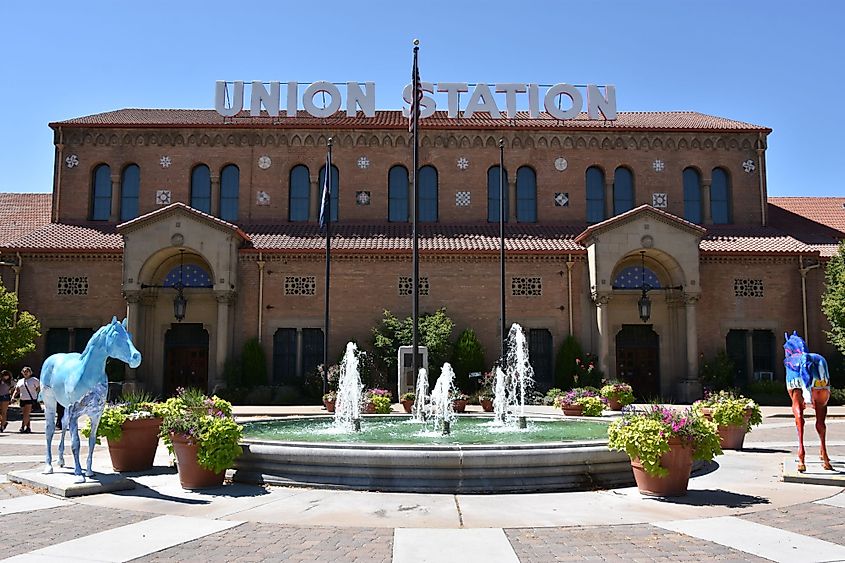
Ogden was settled in 1844, which makes it the oldest settlement within Utah. Today, Ogden is the eighth-largest city in the state. It is sure to have something everyone can enjoy, starting with the Ogden Dinosaur Park, sitting on 8.5 acres with an outdoor sculpture park that has over 100 life-sized dinosaurs that take you back in time to when these giant beasts once roamed the earth. For history buffs, don't miss a chance to stop at Union Station. Opened in 1869, it once functioned as a train station. Today, it is home to four different museums, an art gallery, and a rail center. One of the museums within the former train station is the John M. Browning Firearms Museum. The gallery pays homage to the genius inventor of a plethora of sporting and military firearms. Many of John's original model designs, including pistols, rifles, cannons, and shotguns, are on display for visitors to view. Many of the basic mechanisms of modern firearms were indeed invented by John M. Browning.
Fillmore
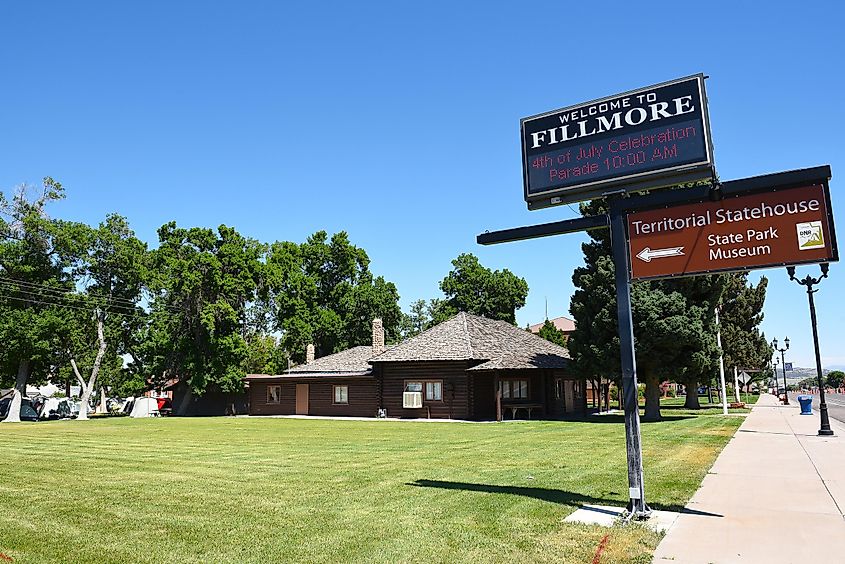
Fillmore, named after the 13th president of the United States, Millard Fillmore, was originally the territorial capital from 1881 until 1856 when Salt Lake City took the official crown. The original Utah Territorial Statehouse, the oldest existing government building in Utah, still stands in Fillmore today. This was originally supposed to be developed into the south-wing portion of a much larger building project, but it was abandoned. Since then, it has been used as a school, a jail, and even a dance hall. Today, the museum offers various exhibits on three floors that showcase the history that lies within Fillmore, like an 1867-year-old rock schoolhouse and three restored pioneer cabins. Another must-see location is The Lace Curtain. Just a 43-minute drive from Fillmore, within an area with remnants of four extinct volcanoes, sits a rock formation named The Lace Curtain, which sits on the north slope of Pahvant Butte, an extinct volcano. It formed 15,000 years ago by erosion from Lake Bonneville, leaving behind a wall of what appears to be melted wax.
Salt Lake City
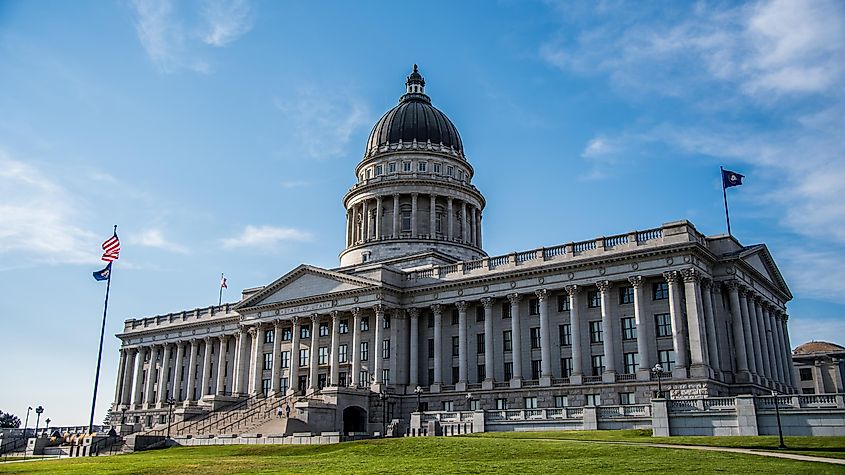
The capital of Utah and the most populated county in the state, Salt Lake City has had a rich history. The Beehive House, which was once the home of the second president of the Mormon Church as well as the governor of Utah Territory, Brigham Young, was built in 1854 to accommodate Young's large family due to him being a polygamist, as well as being able to entertain guests. The three-story home was named the Beehive due to the beehive sculpture on the ceiling of the mansion. It was opened as a historic house museum in 1961, showcasing Brigham Young's office as governor as well as focusing on the lives of those who once lived in the home from 1854 to 1918. One of Salt Lake City's oldest structures is still intact. The Duels Log Home, built in 1847, was the home of Osmyn M. William H. Duel. Duel was one of the first pioneers to enter Salt Lake and lived there until 1848. The cabin was moved around to five different locations, put into storage, and finally found its home between the Museum of Church History and the Art and Family History Library. It was restored in 1955 and finally opened, and it features antiques as well as furniture reproductions from the mid-19th century.
Vernal
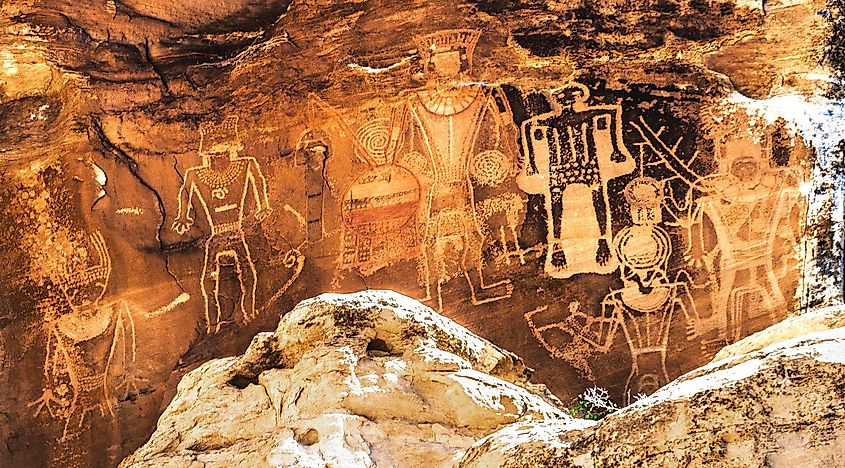
Unlike most of the towns in Utah, Vernal was not settled by Mormons, as they said the land wasn't good enough for anything except hunting grounds for Indians and nomad purposes. However, Vernal has lots to offer visitors. It is home to the largest quarry of prehistoric Jurassic dinosaur bones, which is where Vernal gets its nickname, "Dinosaurland." Visit the Dinosaur National Monument, which features an entire rock wall that is chipped to the brim with real fossils; some bones are available to touch. The most well-known location in Vernal, however, is the John Jarvie Historic Ranch, settled by Jarvie in 1880 so he could offer store goods to residents who lived or traveled within the territory. When visiting the ranch today, you will come across a stone house that was built by Jack Bennet, an outlaw using the masonry skills he picked up while in prison, as well as a dugout house where John Jarvie and his wife Nellie stayed, a replica of the general store, a post office, and a ferry. You will also come across a museum with displays that reveal the history of the ranch and other artifacts from the ranch's history.
Beaver
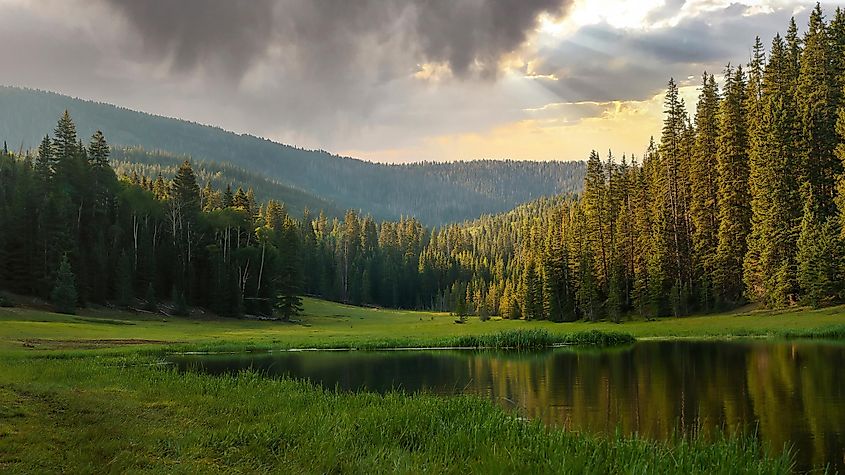
Located below the state's third-largest mountain ranges, the Tushar Mountains Beaver is a place where the Wild West once thrived through the remnants of the ghost town of Frisco. It was founded in 1875 and was once a silver mining town with around 6,000 residents. Beaver houses 23 saloons, gambling dens, and brothels with a population that was so violent that it is said a murder took place once a day there. The most prominent landmark is still the charcoal kilns, which are listed on the National Register of Historic Places. Abandoned structures and a cemetery still stand there today. Beaver has over 100 historic buildings listed on the National Register of Historic Places, one of which is the Beaver County Courthouse. Built in 1882, it was one of the area's finest Victorian buildings. In this day and age, it is now a local history museum. You can inspect the jail cells and wander the re-created second-story courtroom. While the historic contents of this museum are breathtaking, be sure to also take in the spectacular architecture. The tower features a unique clock that faces all four directions.
Monticello
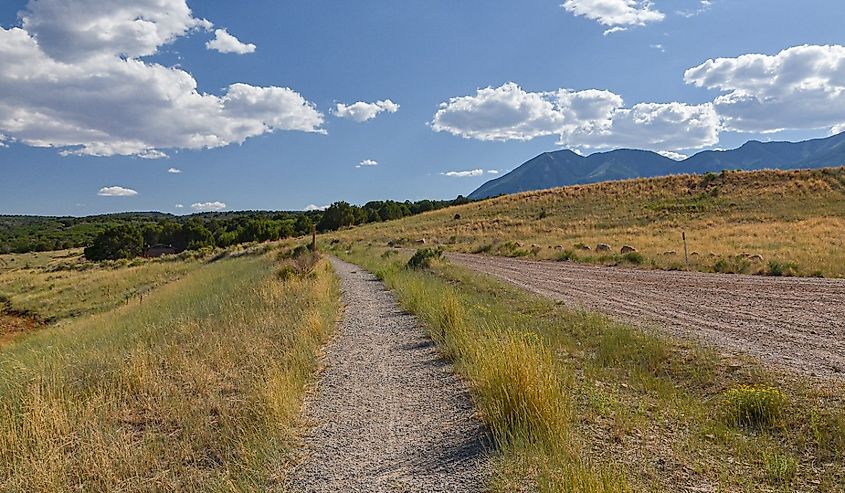
Named in honor of Thomas Jefferson's estate, there is a great deal to find within Monticello. Begin at The Frontier Museum, which is housed inside a 100-year-old barn that used to be used for storage for the L. H. Redd Mercantile. Visiting this museum will take you back in time to frontier life with its many relics that are on display, like the featured item being a tractor made in 1912, as well as early telephones and telephone operator switchboards, relics from Native Americans, and minerals and rocks from the area. There is also a display of The Home Truth. This ghost town was a short-lived utopian religious intentional community in the 1930s led by a spiritualist named Marie Ogden. Monticello is also home to the largest collections of petroglyphs and rock carvings that were made over 2,000 years ago; a place dubbed the Newspaper Rock is where you can see these 650 various carvings of people from ancient cultures that once called the area home.
Utah retains an abundance of small towns that offer visitors a chance to step back in time and catch a glimpse at how early settlers of these towns once lived. These towns, with rich history, cultural heritage, and natural beauty, are sure to leave a lasting impression on visitors.
